Discover the sacred offerings that enhance the spiritual essence of Navratri, celebrating devotion and tradition with every bite.
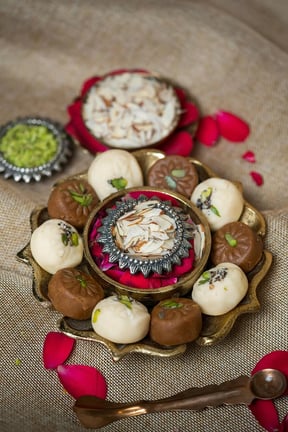
As devotees across India immerse themselves in the vibrant celebrations of Navratri, special prasads take center stage during this nine-day festival. These offerings, made with love and devotion, are not only a treat for the taste buds but also symbolize the rich cultural heritage surrounding the worship of Goddess Durga. Each prasad holds its unique significance, nourishing both the body and the spirit, and they play an essential role in the festivities—blessing the devotees and enhancing their festive experience.
Sooji Payesh
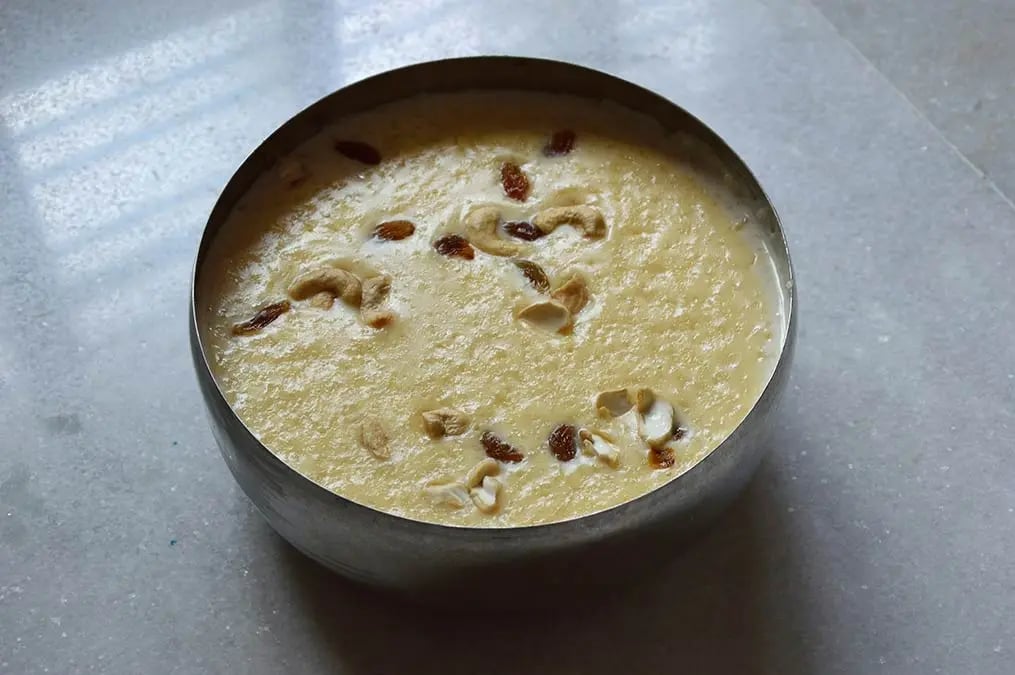
Sooji Payesh is a delicious and creamy dessert that brings warmth to your Navratri celebrations. This rich dish is made with semolina and infused with aromatic cardamom, making it a cherished offering during the festival.
Ingredients:
- 100 gm semolina (sooji:
- 1 lt milk
- 100 gm sugar (adjust to taste)
- 40 gm ghee
- 5 gm cardamom powder
- 50 gm chopped nuts (almonds, cashews)
- 30 gm raisins
Method:
- In a heavy-bottomed pan, heat ghee and add the semolina. Roast it on low heat until it turns golden brown and releases a nutty aroma. Set aside.
- In the same pan, add the milk and bring it to a boil. Stir continuously to prevent it from sticking to the bottom.
- Once the milk boils, add the roasted sooji gradually while stirring to avoid lumps.
- Stir in sugar and continue to cook until the mixture thickens. Add cardamom powder and mix well.
- Once the payesh reaches a creamy consistency, garnish with chopped nuts and raisins. Serve warm or chilled.
Badam Halwa
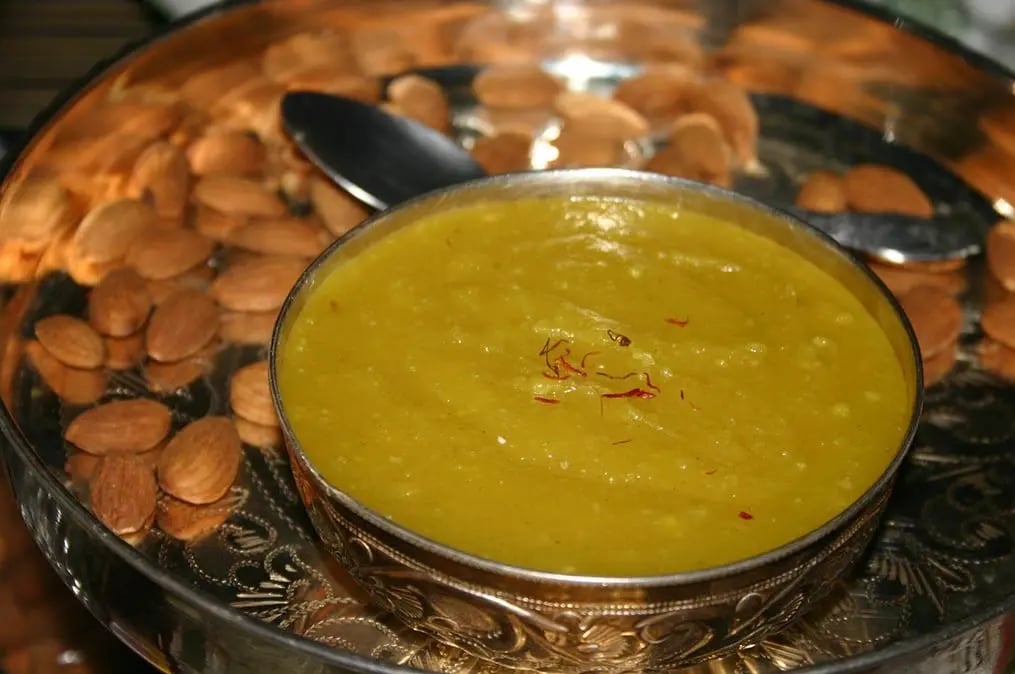
Badam Halwa is a luxurious dessert that captivates with its rich flavors and is a delightful addition to your Navratri offerings. This almond-based sweet dish is sure to impress your guests and satisfy your sweet cravings.
Ingredients:
- 200 gm almonds
- 4 tbsp ghee
- 240 ml full fat milk
- 100 gm sugar (adjust to taste)
- 5 gm cardamom powder
- 5-7 pieces chopped nuts for garnish
Method:
- Soak the almonds in warm water for two to three hours. Peel and grind them into a fine paste using milk to help blend.
- In a heavy-bottomed pan, heat ghee and add the almond paste. Cook on low flame until the paste turns slightly golden and the raw smell is gone.
- Pour in the milk and sugar, stirring continuously until the mixture thickens and leaves the sides of the pan.
- Add cardamom powder and mix well.
- Garnish with chopped nuts before serving. Enjoy warm!
Milk Peda
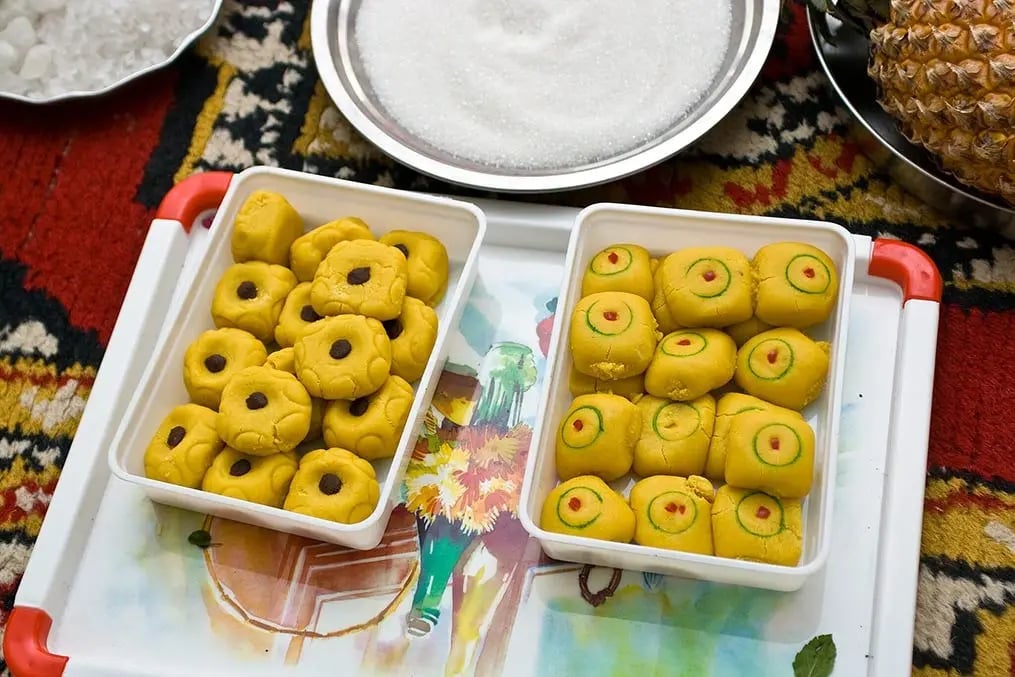
Milk Peda is a soft and melt-in-your-mouth sweet that adds a touch of richness to your Navratri festivities. These delightful treats are made with khoya and flavored with cardamom, making them a perfect prasad to offer during prayers.
Ingredients:
- 200 gm khoya (mawa)
- 100 gm milk powder
- 50 gm sugar (adjust to taste)
- 50 gm ghee
- 3 gm cardamom powder:
- 5-7 pieces chopped nuts for garnish:
Method:
- In a non-stick pan, heat ghee and add khoya. Cook on low flame until it melts completely.
- Add milk powder and sugar, stirring continuously to avoid lumps. Cook until the mixture thickens.
- Once it reaches a dough-like consistency, add cardamom powder and mix well.
- Allow the mixture to cool slightly, then grease your palms with ghee and shape the mixture into small, round pedas.
- Press a piece of chopped nut into the center of each peda for garnish. Serve at room temperature or chilled.
Diabetics should be cautious about the sugar content in sweets like Sooji Payesh, Badam Halwa, and Milk Peda, as excessive sugar can lead to spikes in blood glucose levels. It’s advisable to use sugar substitutes or reduce the amount of sugar when preparing these desserts to make them diabetic-friendly. Similarly, beloved treats like Sandesh and Mysore Pak can also be enjoyed in moderation, especially when prepared with less sugar or using healthier ingredients.Additionally, portion control is essential; enjoying a small serving can help satisfy cravings without compromising blood sugar management. Lastly, pairing these sweets with a source of protein or fiber can help slow down sugar absorption and maintain better glucose control.
Like This Article?
More Like This


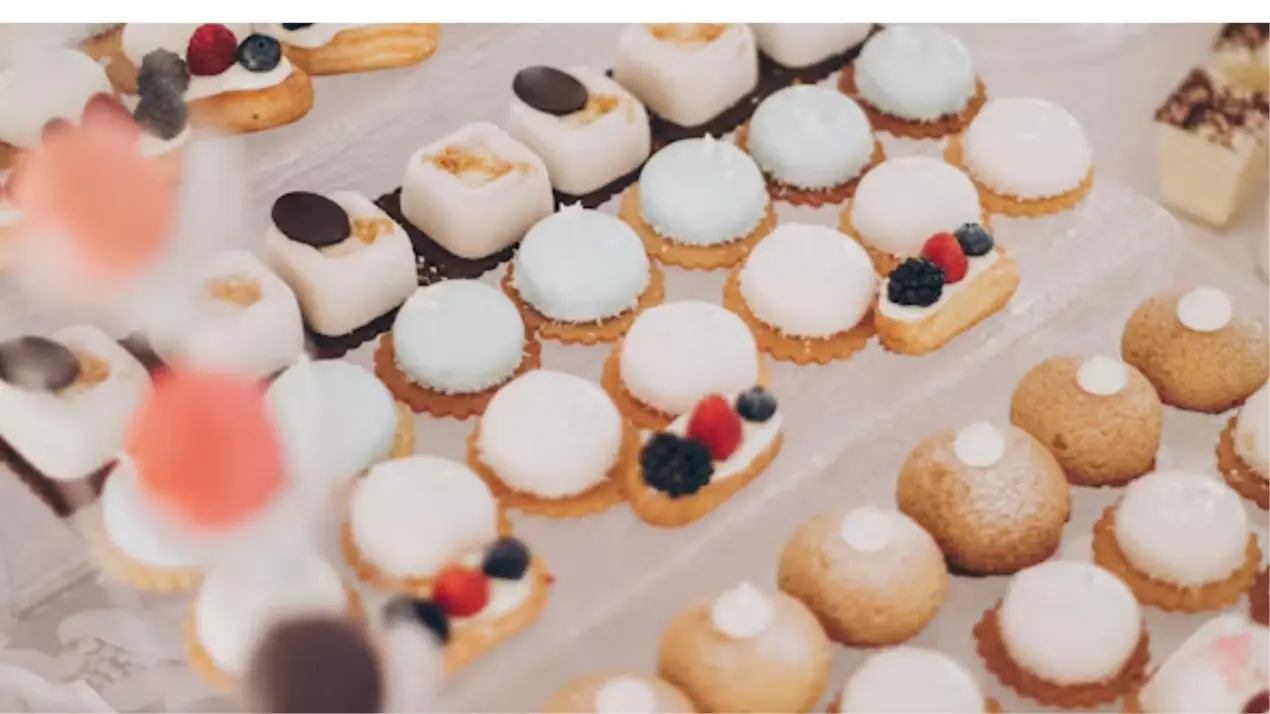
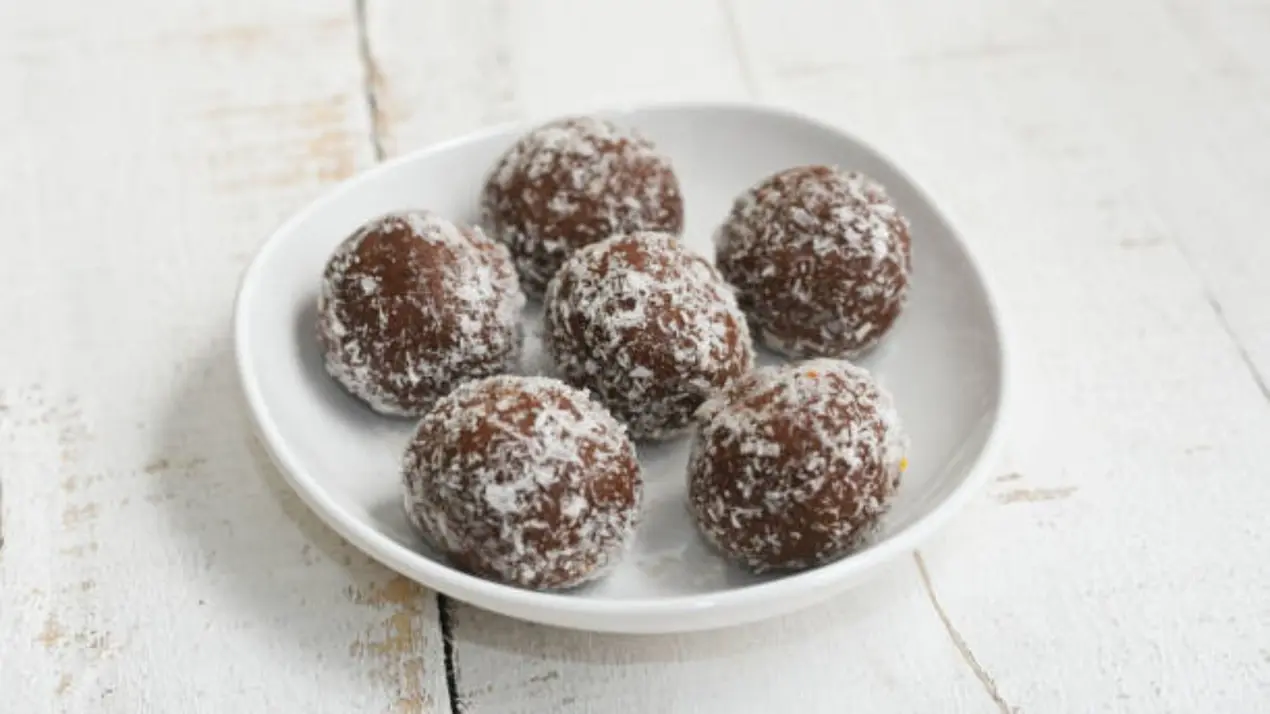
Popular Articles





Trending Web Stories
Curated Recipes


















